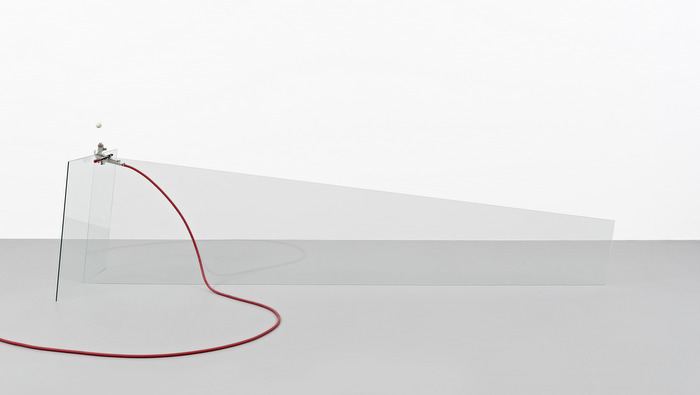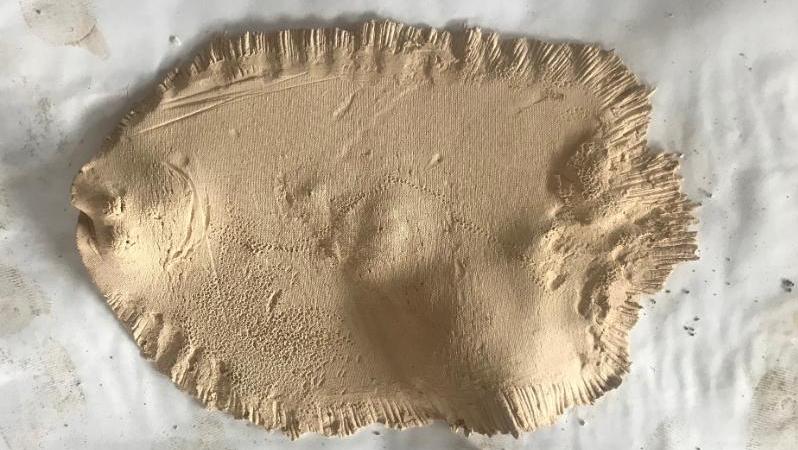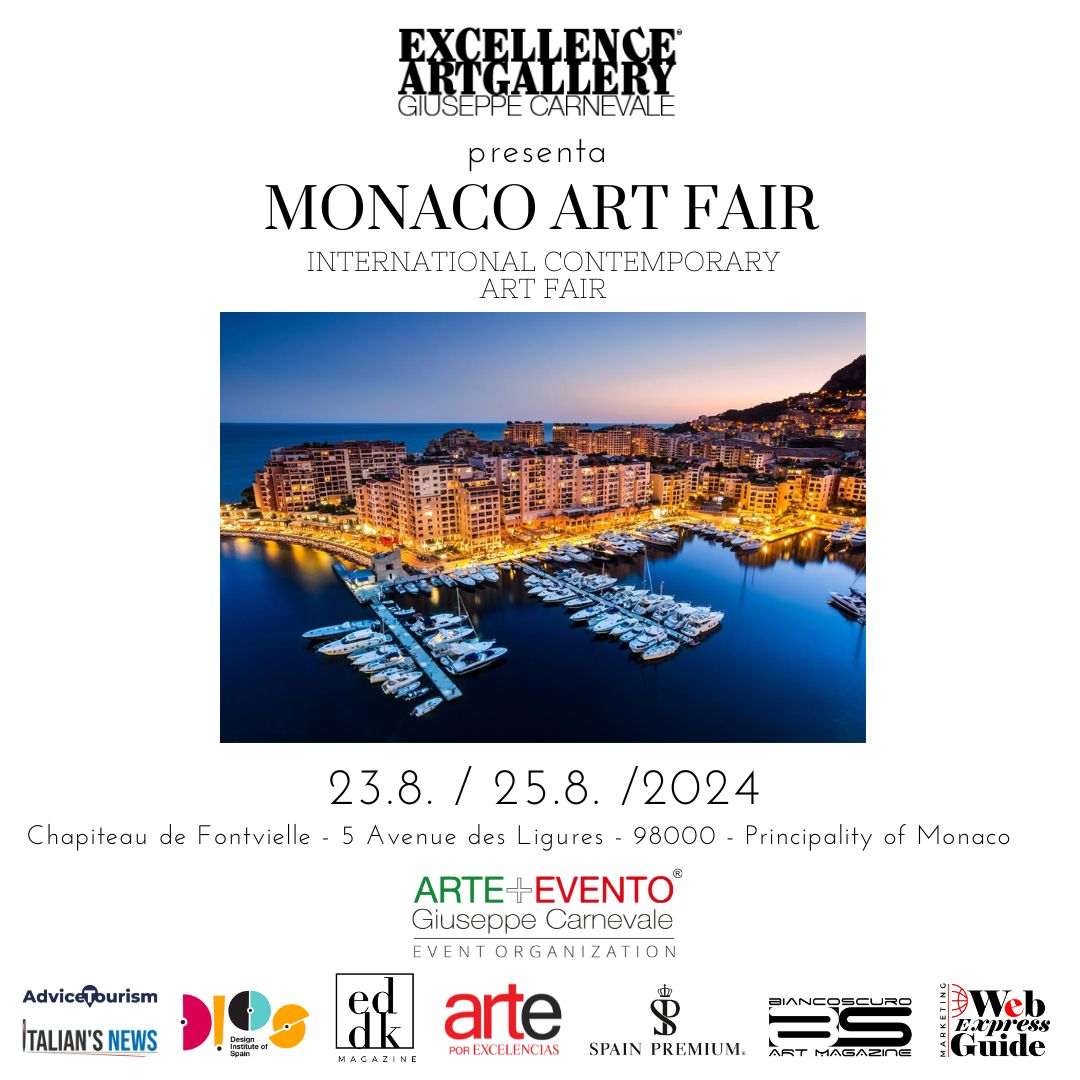Starting June 6, Gallery D21 (Nueva de Lyon 19, Dpto. 21) will host Erexit Monumentum (A monument has been erected), an exhibition of big- and mid-size pictures and two films of Santiago de Chile as seen through the eyes of Mexican artist Oswaldo Ruiz during a residency in that city where he happened to be during the earthquake.
His series Anti Monuments, whose original idea was then altered, came to confirm a reflection about the fragility of certainty, a frequent topic in his work.
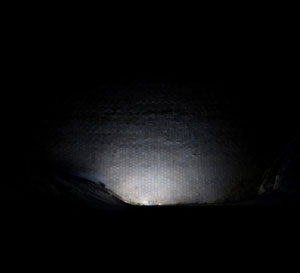 Oswaldo Ruiz (1977) has produced over the last few years the work of “a visual artist who does photography.” In fact, other means like painting, photography, architecture (which he studied in Mexico) or psychological studies are merged in his work based on his experiences in places he has been to or planning to been to.
Oswaldo Ruiz (1977) has produced over the last few years the work of “a visual artist who does photography.” In fact, other means like painting, photography, architecture (which he studied in Mexico) or psychological studies are merged in his work based on his experiences in places he has been to or planning to been to.
A year ago, he was in Chile on a residency. He prepared the photos for his series Anti Monuments as he walked long roads across Santiago seeking to understand the city and learning about its night life. As he looked for little stories with implicit human participation, he captured the sculptural factor of the least visible elements of the urban landscape. He wandered, among other places, along the banks of the Mapocho River loaded with spotlights and a gas motor to illuminate the anti-prominence of objects, corners, hidden spots, seduced by his quest for the conceptual and symbolic power of monuments.
Around those days he was caught by the earthquake that shook Chile; the experience certainly influenced and ratified many of his thoughts about the relationship between the human being and the space: “With this experience, the idea on which I had based my work was uprooted,” Oswaldo Ruiz said. “My subjectivity was more strongly shaken than the buildings; I went back to Mexico, and the impact [of the earthquake] had been so big, that in my dreams I was still amidst the quake. I had a new idea of what’s solid and firm, of how our imagery is linked to our reference to the ground’s solidness, which we trust so much.”
Discovering houses that were abandoned after the scattering of farmers from the north of Mexico; the natural self-monuments made up of agaves, thousand-year-old plants typical of pre-Spanish cultures; or the towers built in the ancestral Ireland in defense to Viking invasions, are some of the ways in which Oswaldo Ruiz analyzes the interference of subjectivity in the construction of the landscape and vice versa. His studies of Psychoanalysis in Spain stirred up his interest in the hidden, the unconscious part of every human act, including architecture and buildings of power.
In Erexit Monumentum, Oswaldo Ruiz showcases his findings as an observer of the city and its most enigmatic aspects. His strategy consists on illuminating and highlighting what’s hidden or least visible, creating with pictures a pictorial metaphor in which the scene is shaped by light. His very particular approach to landscapes –usually mysterious and desolate– leads to a reflection on how photographs are made, produced, presented and interpreted.
 “I take pictures of small things featuring specific sculptural characteristics. I’m interested in playing with the meaning of things. It is a photograph with pictorial treatment, a photograph that is not photographic but spatial; I would like viewers, when they look at my pictures, to hesitate about what’s real and what’s artificial; together with this, I always look for the fiction hidden behind things, discover the unconscious architecture.”
“I take pictures of small things featuring specific sculptural characteristics. I’m interested in playing with the meaning of things. It is a photograph with pictorial treatment, a photograph that is not photographic but spatial; I would like viewers, when they look at my pictures, to hesitate about what’s real and what’s artificial; together with this, I always look for the fiction hidden behind things, discover the unconscious architecture.”
Without being an evidence of the experience, Chile’s earthquake is closely linked to Erexit Monumentum: “We live anchored to a space, architectural stability, and these physical determinations are closely related to our internal realities,” Oswaldo Ruiz said.
Source: Note sent by Elisa Cardenas
Publicaciones relacionadas
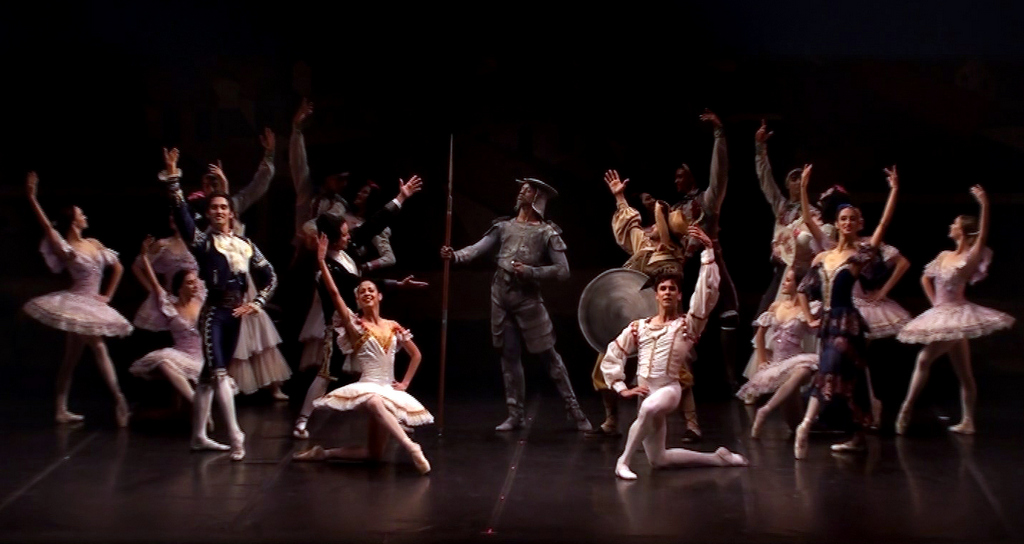
Ballet Nacional de Cuba de gira por la región ibérica
Abril 29, 2024